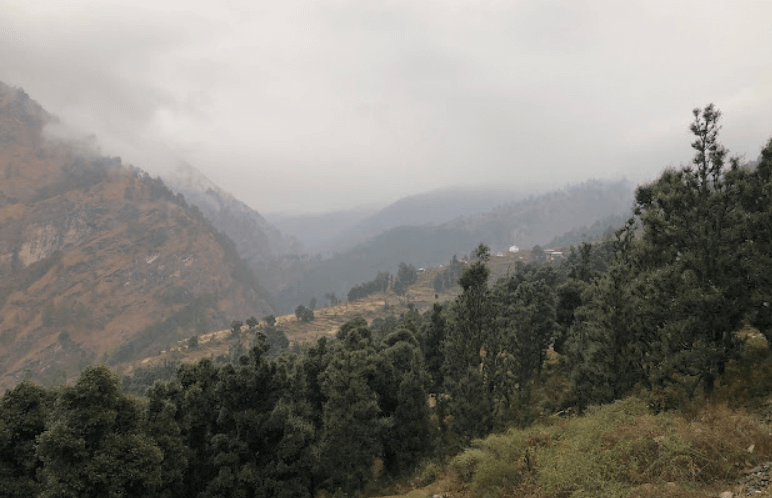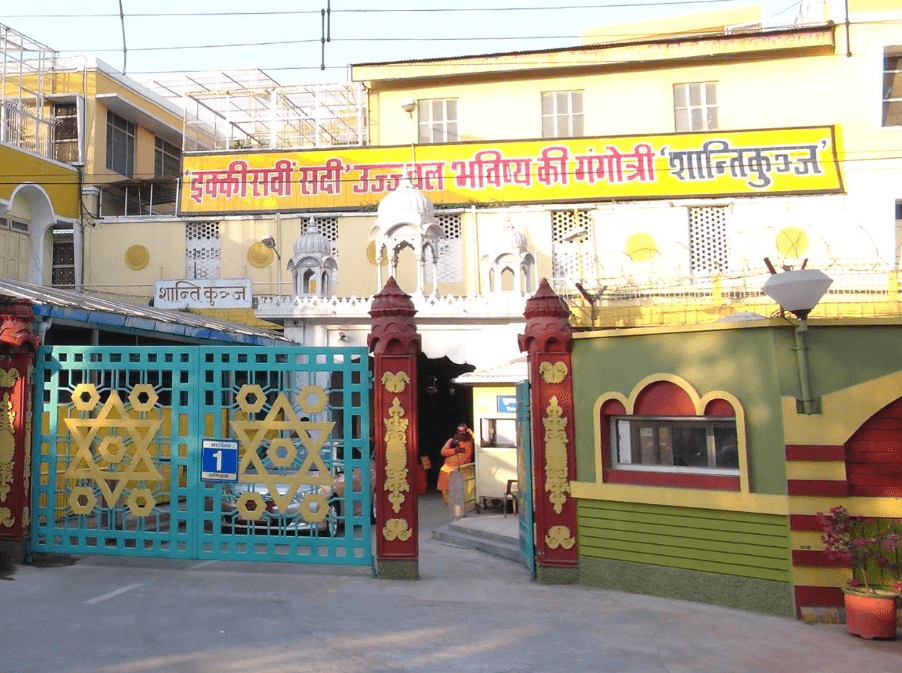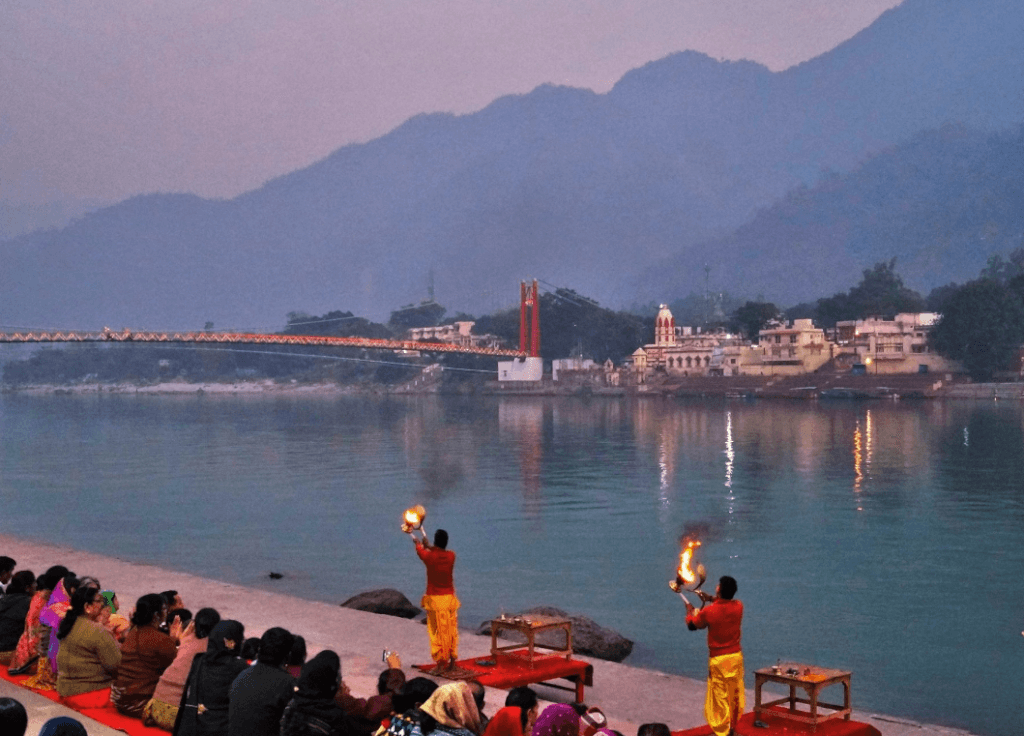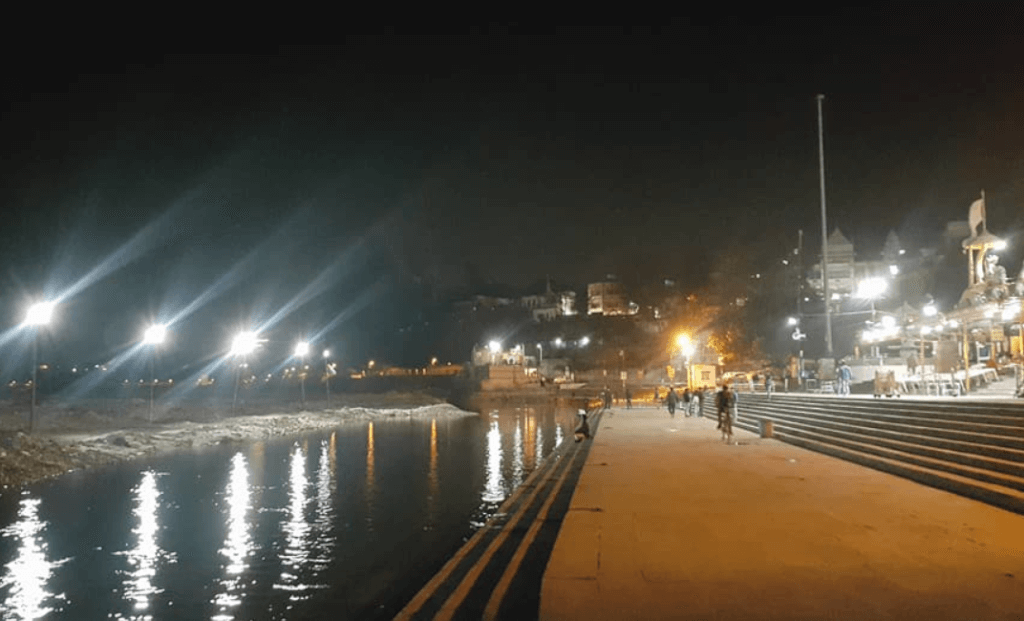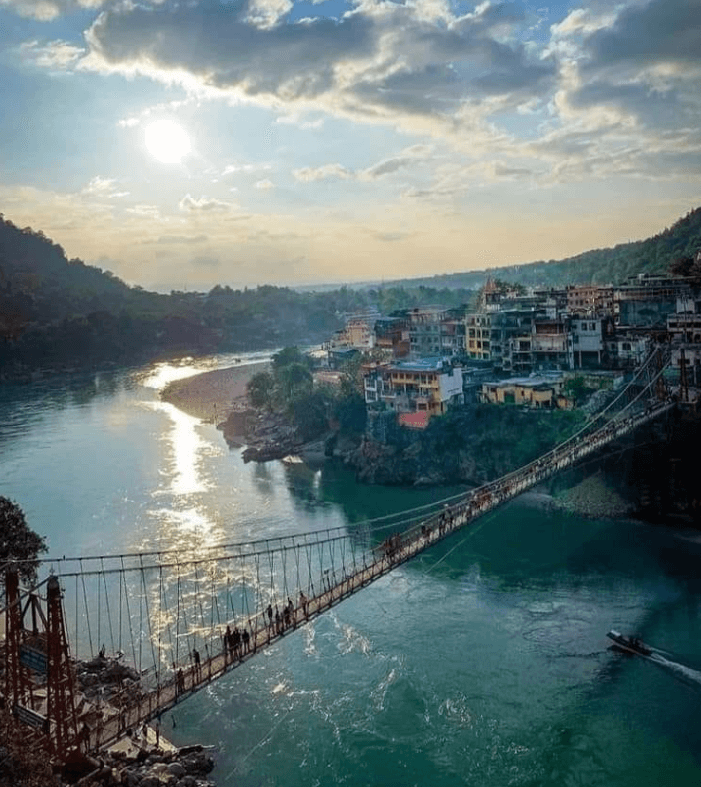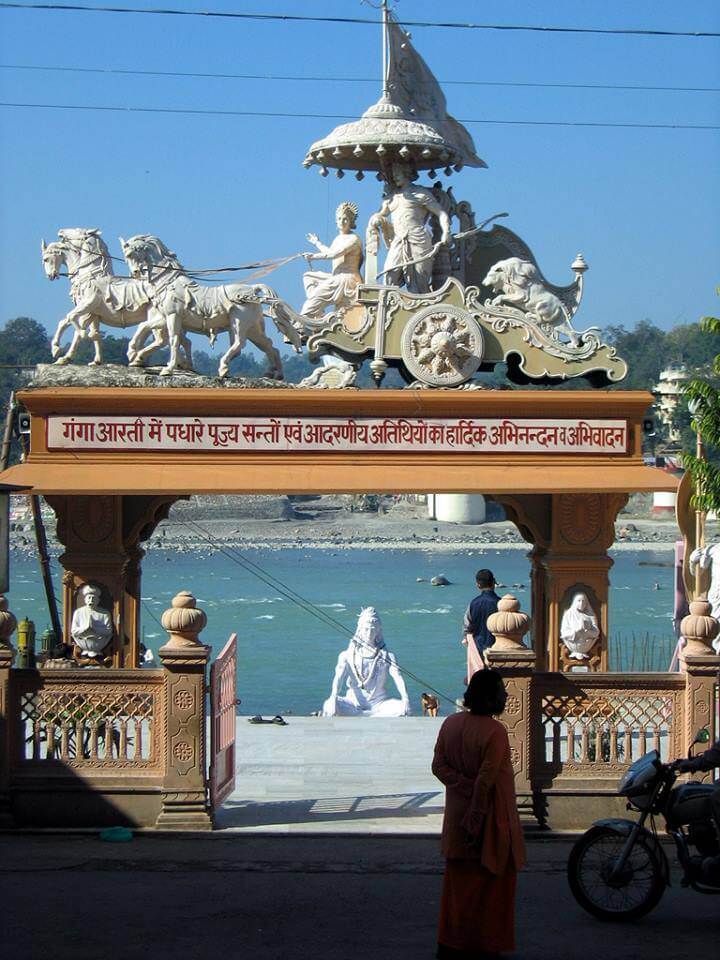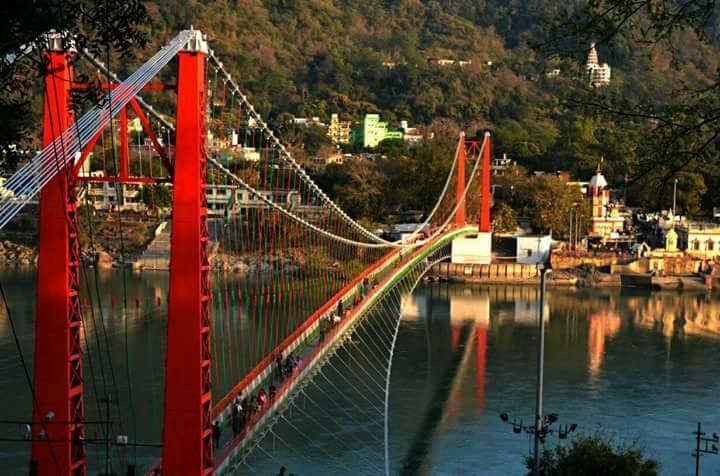Neelkanth Mahadev, also known as Neelkanth or Nilkanth, is a Hindu deity associated with Lord Shiva. The name “Neelkanth” translates to “blue throat,” and it is derived from the legend of Lord Shiva consuming the poison (halahala) during the churning of the ocean (Samudra Manthan) to save the world. As a result of this act, his throat turned blue, and he came to be known as Neelkanth.
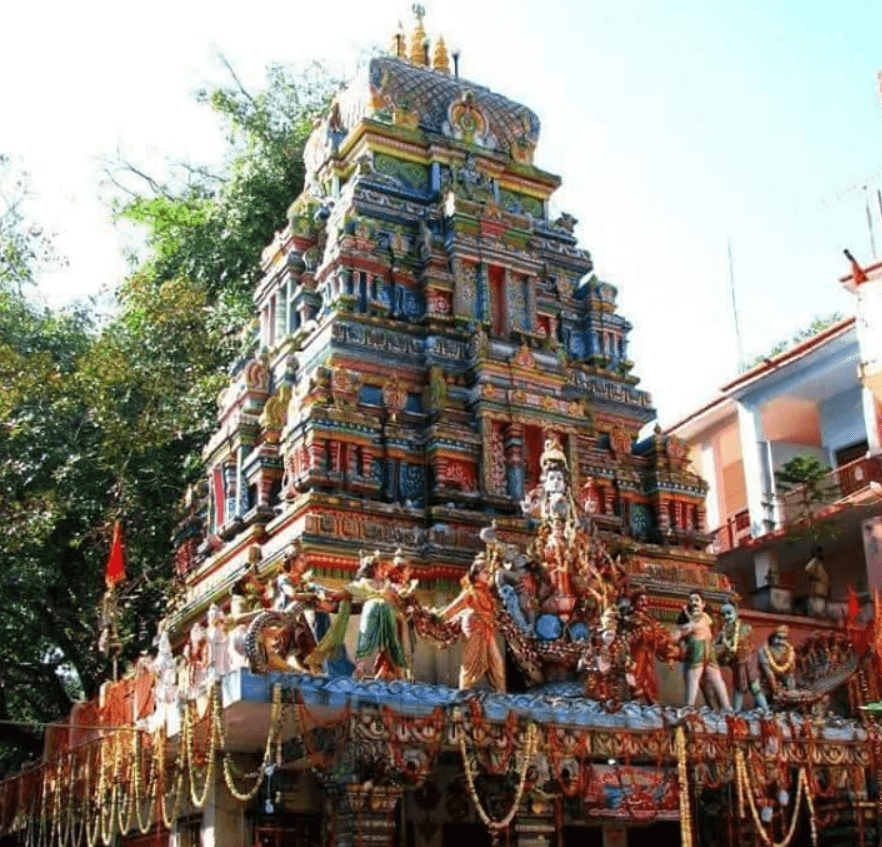
Neelkanth Mahadev In Rishikesh
Neelkanth Mahadev is a highly revered temple dedicated to Lord Shiva, situated in the Pauri Garhwal district of Uttarakhand, India, near Rishikesh. This sacred temple is nestled amidst the lush greenery of the Himalayas, surrounded by the confluence of the Pankaja and Madhumati rivers.
The temple is perched at an altitude of about 1330 meters and is a pilgrimage site visited by devotees seeking the blessings of Lord Shiva. The journey to Neelkanth Mahadev involves a trek through scenic trails and offers breathtaking views of the surrounding mountains and valleys. The temple’s architecture reflects traditional North Indian style, and the tranquil ambiance adds to the spiritual experience for pilgrims.
Apart from its religious significance, Neelkanth Mahadev’s serene location amidst nature’s beauty attracts tourists and travelers seeking spiritual solace and the tranquility of the Himalayas.
Mythology About Neelkanth Mahadev Temple
This temple is situated in the Pauri Garhwal district of Uttarakhand, India, amidst the scenic beauty of the Himalayas.The mythology surrounding Neelkanth Mahadev primarily revolves around Lord Shiva. According to Hindu mythology, during the churning of the cosmic ocean (Samudra Manthan) by Devas (celestial beings) and Asuras (demons), a potent poison known as Halahala emerged. This poison was so intense that it threatened to destroy the universe. In order to save the world, Lord Shiva volunteered to consume this poison.
Shiva’s act of consuming the poison but not allowing it to descend beyond his throat symbolizes his control over destructive forces, protecting the world from annihilation.The Neelkanth Mahadev Temple is dedicated to this aspect of Lord Shiva.
Architectural Of Neelkanth Mahadev Temple
The temple is dedicated to Lord Shiva and features a distinct architectural style known as Nagara architecture, typical of many North Indian temples. Here are some architectural elements you might find in the Neelkanth Mahadev Temple:
- Nagara Style: The Nagara style is characterized by a tall and curvilinear spire (shikhara) that tops the main shrine (garbhagriha). This spire is often ornately carved with sculptures and motifs representing Hindu deities and mythological stories.
- Mandapa: The temple likely includes a mandapa, an open pavilion or hall where devotees gather for prayer and religious rituals. This area often features intricately carved pillars and sometimes a raised platform.
- Garbhagriha: The sanctum sanctorum or innermost sanctum of the temple houses the main deity, in this case, a lingam representing Lord Shiva. Devotees offer their prayers and offerings in this sacred space.
- Outer Walls and Carvings: The outer walls of the temple typically exhibit detailed carvings depicting various mythological scenes, gods, goddesses, and celestial beings. These carvings often narrate stories from Hindu scriptures.
- Entrance Gopuram: The entrance to the temple complex might have a gopuram (ornate towered entrance) adorned with intricate sculptures and designs. It serves as a gateway to the temple premises.
Near place to Visit Rishikesh
How To Reach Sankri
Sankri is a picturesque village located in the Uttarkashi district of the Indian state of Uttarakhand. It serves as a…
Shantikunj, Haridwar
Shantikunj is a spiritual and cultural organization based in Haridwar, Uttarakhand, India. It was founded by Pandit Shriram Sharma Acharya,…
Ganga Arti Rishikesh
The Ganga Aarti in Rishikesh is a mesmerizing ritual that takes place every evening at the Parmarth Niketan Ashram, situated…
Triveni Ghat
It is a sacred bathing spot situated in Rishikesh, India, at the confluence of three major rivers: Ganges, Yamuna, and…
Muni ki Reti
Muni Ki Reti is a locality situated in Rishikesh, a well-known spiritual and pilgrimage destination in the northern state of…
Lakshman Jhula
Laxman Jhula is a famous suspension bridge in Rishikesh, Uttarakhand, India. Constructed in 1929, it spans the Ganges River and…
How To Reach Neelkanth Mahadev Temple
By Road
From Rishikesh, you can take a taxi or drive yourself. The temple is around 32 kilometers from Rishikesh and the route is scenic. The roads might get challenging as you near the temple.
By Train
The nearest railway station is in Rishikesh. From Rishikesh, you can hire a taxi or take a bus to reach the temple.
By Air
The nearest airport is Jolly Grant Airport in Dehradun. From there, you can hire a taxi or take a bus to reach the temple.

